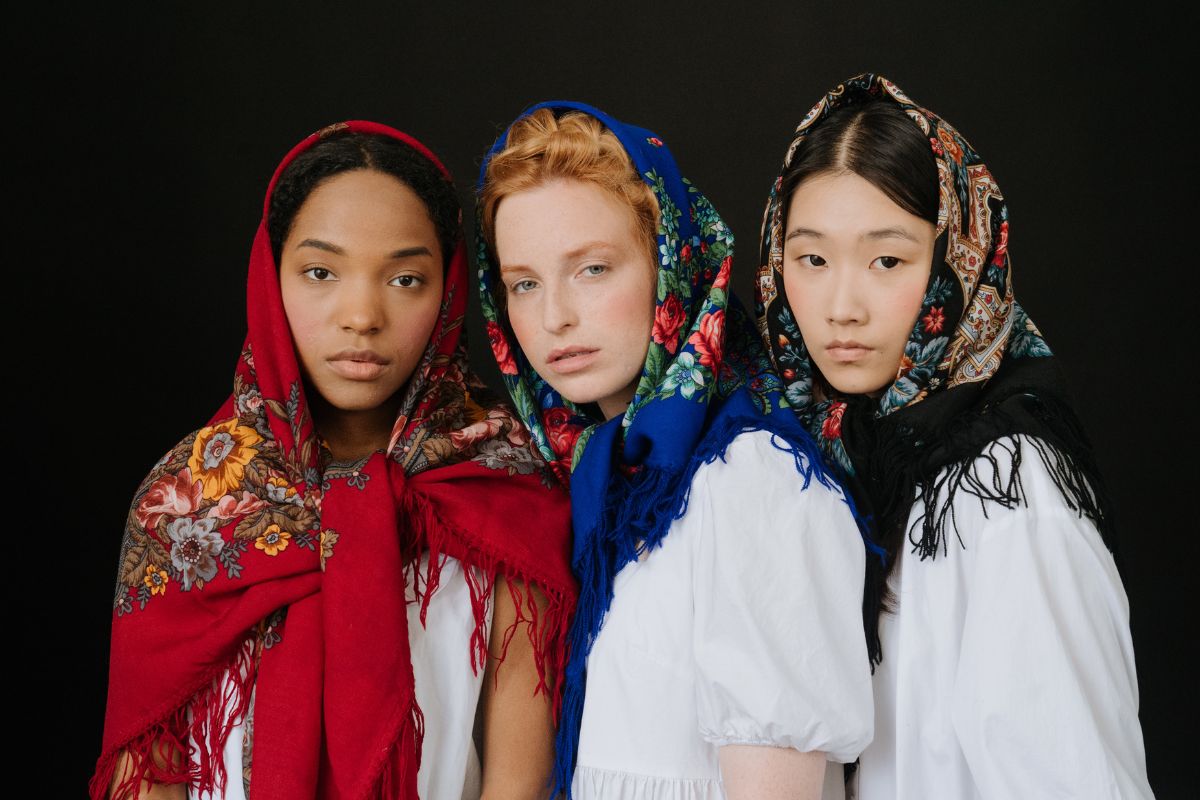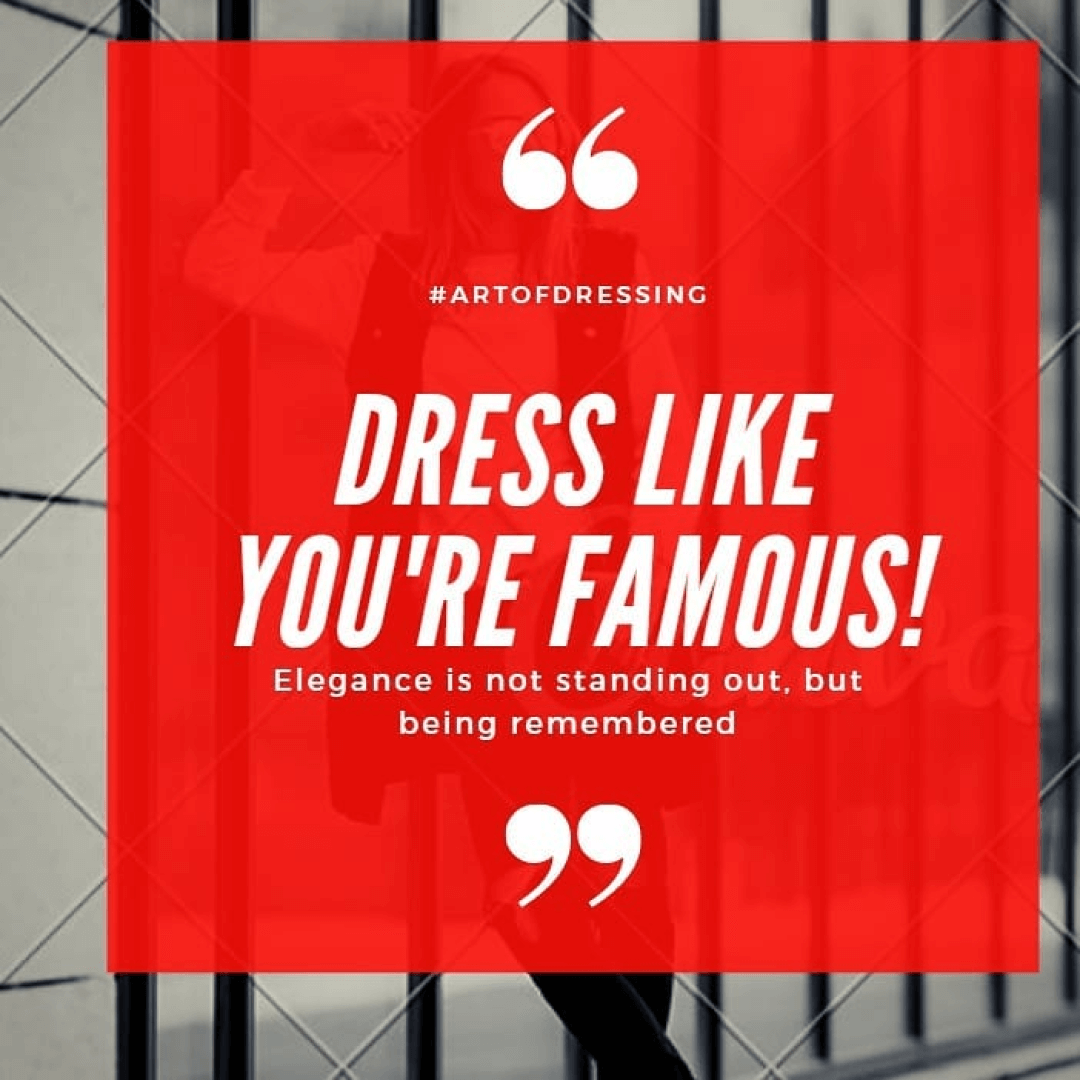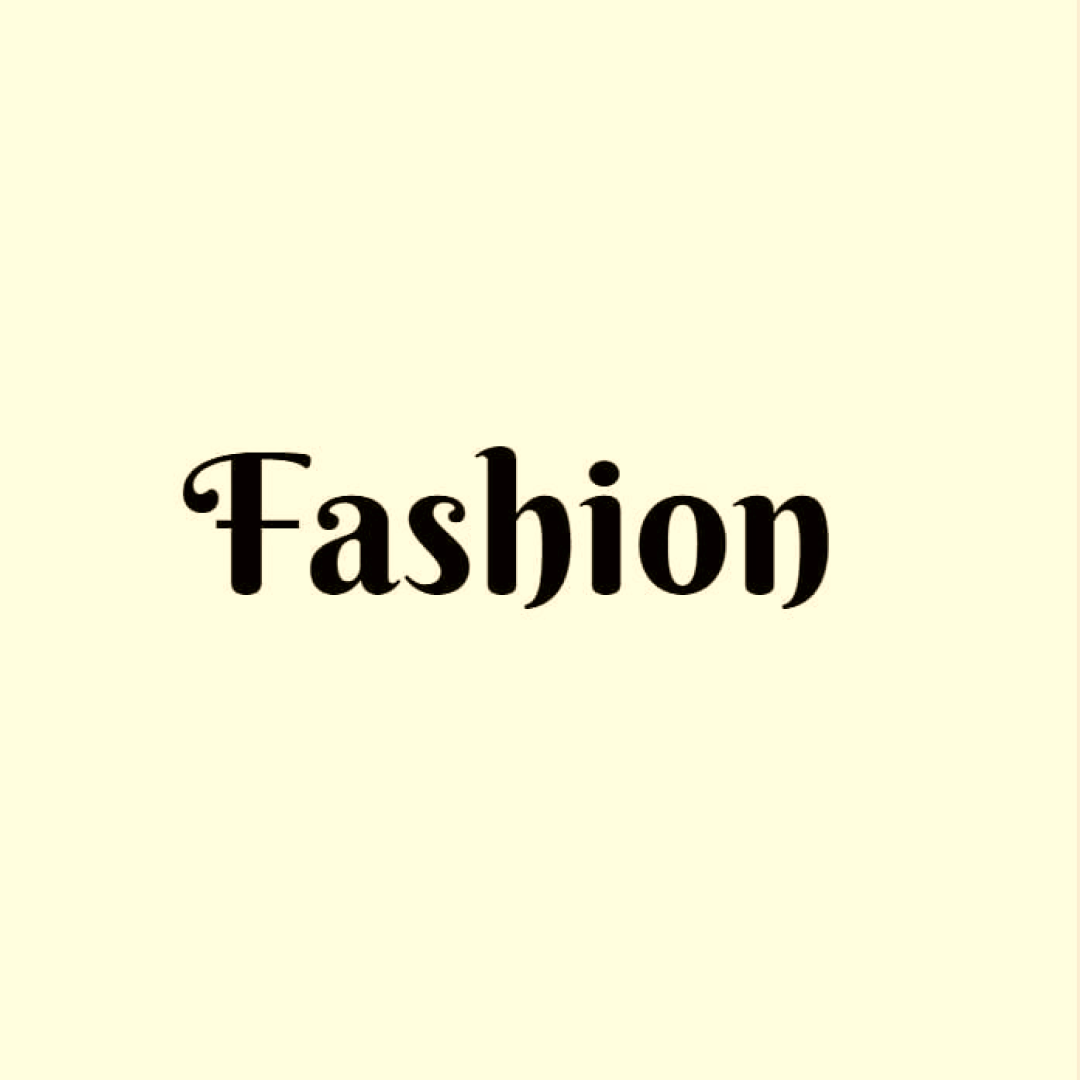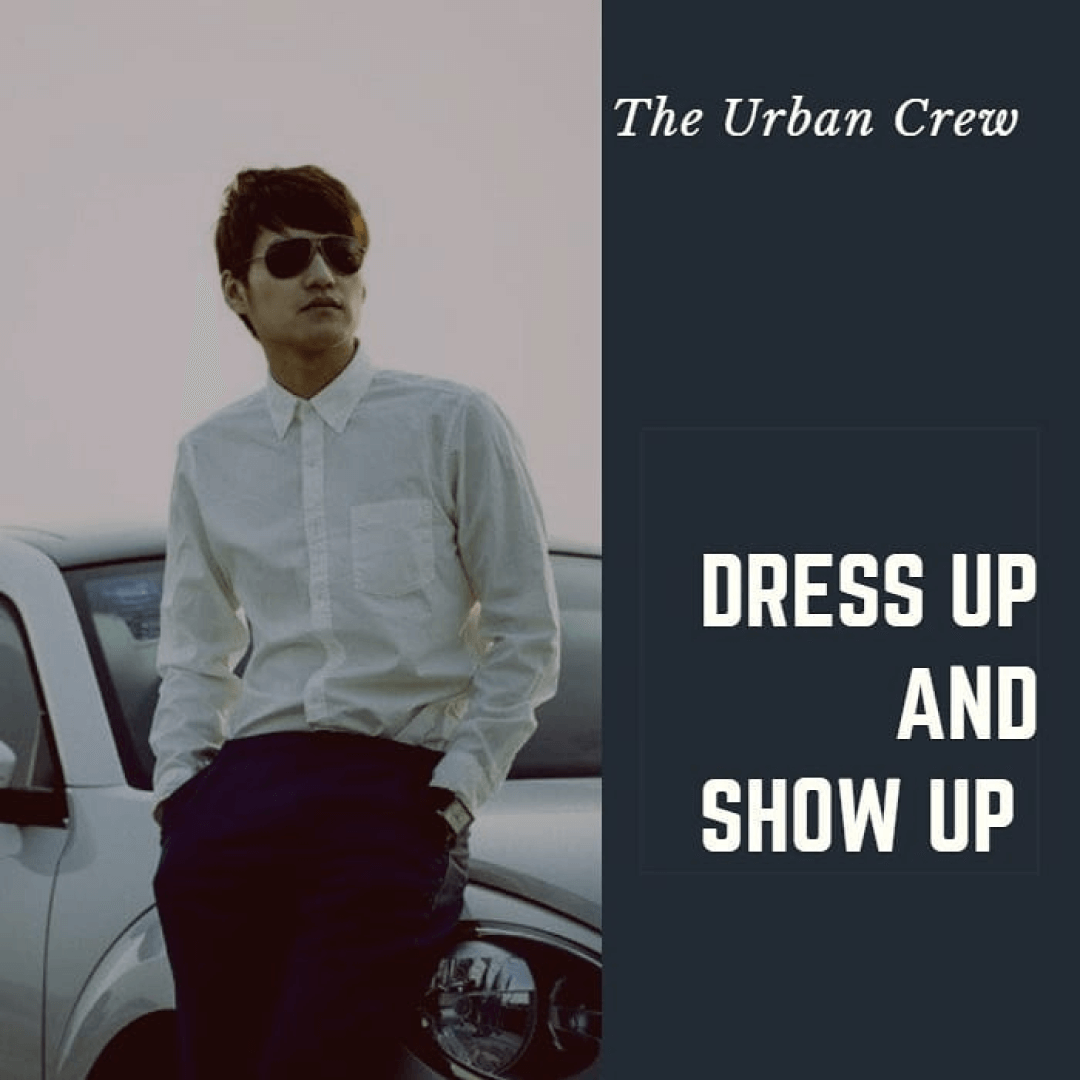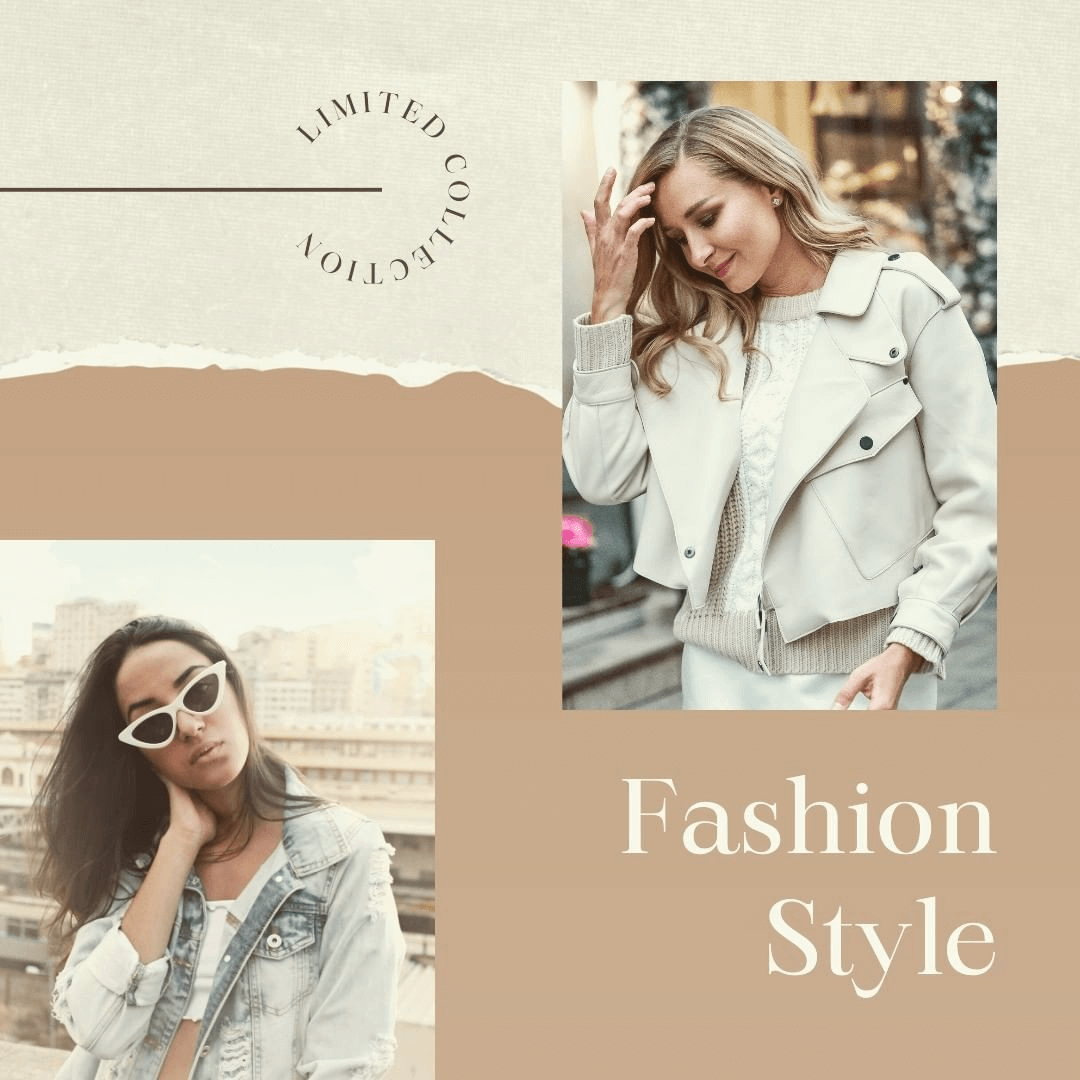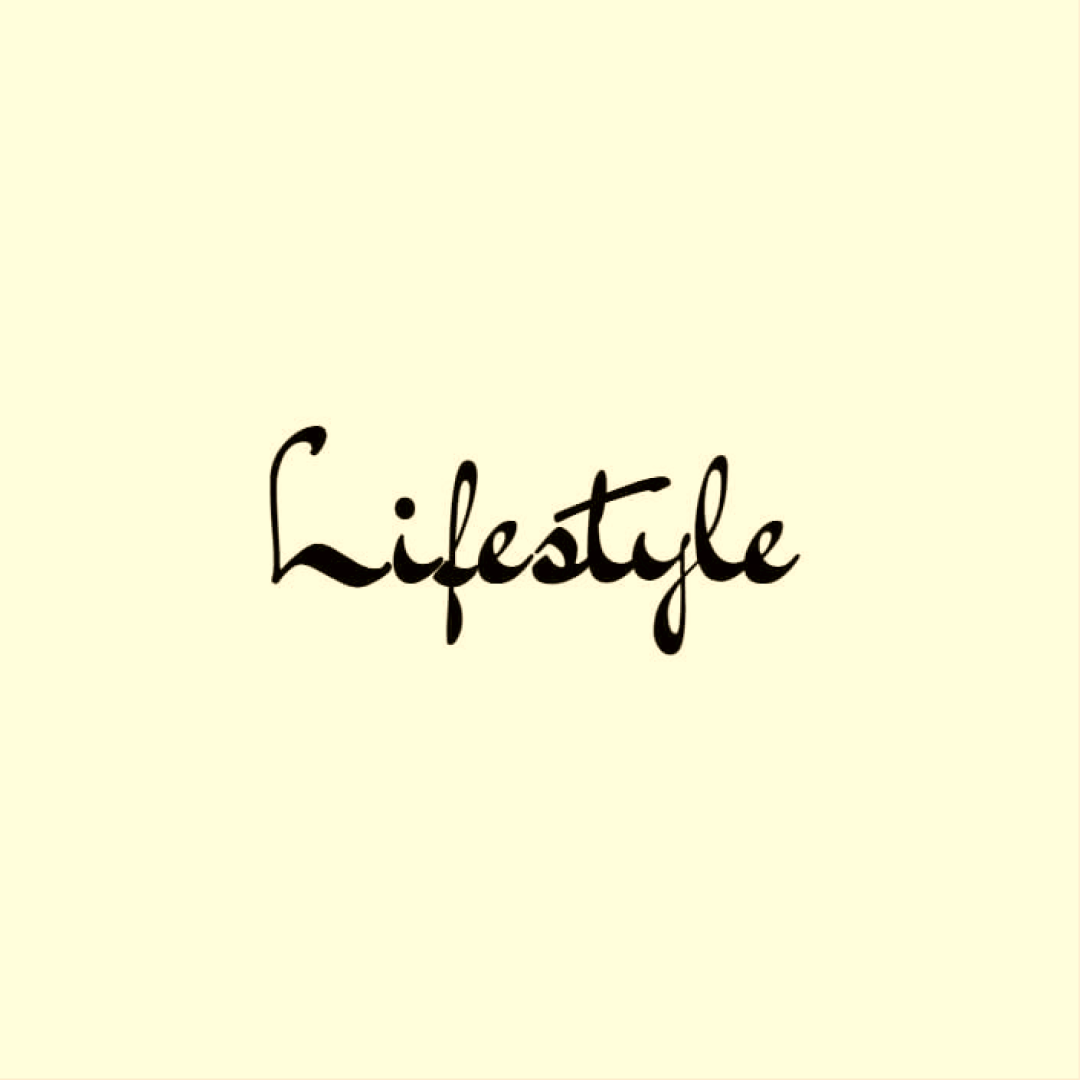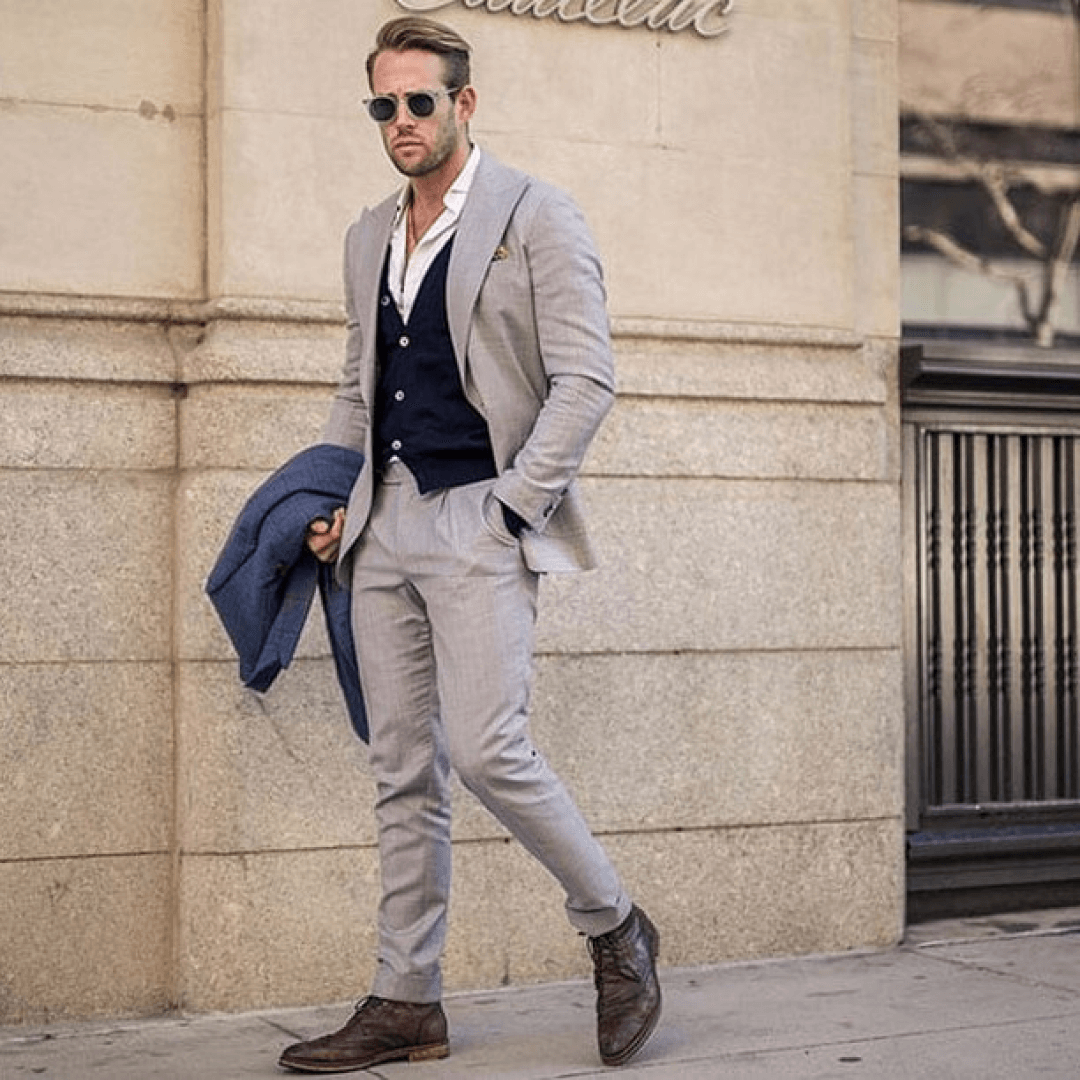This is the babushka scarf, a hallmark of traditional Eastern European fashion that is somehow both an icon and a stereotype at the same time, and one that has been beloved by a certain strand of fashion lovers, especially this year. The headscarf, named after the Russian term “babushka,” or grandmother, has evolved from a utilitarian piece of apparel to a trendy must-have. Discover the history and significance of this timeless piece of apparel.
Table of Contents
Historical Background
Particularly Russian and Polish, the babushka scarf has somewhat old Eastern European roots. Originally used by older women to protect from harsh conditions, the scarf quickly became a mainstay of rural clothing. Usually composed of wool or cotton, it had simple solid colors or intricate floral designs. Often worn on significant ceremonial and festival events, the scarf had cultural and religious significance as well as warmth and protection.
Cultural Significance
In Eastern European folklore, the babushka scarf has long been associated with wisdom, modesty, and protection. A symbol of maternal love and care, it is often portrayed in literature and art as a source of comfort. The scarf is also a family heirloom that ties the present with the past and a sense of continuity in family traditions. In many towns, it is something like a family treasure that is handed down from one generation to the next.
Babushka Scarf in Fashion
The babushka scarf has old-fashioned roots, but it is now popular in today’s fashion shows. Designers have made this timeless clothing item new and trendy, adding it to modern wardrobes. The babushka scarf has been co-opted by celebrities and fashionistas, knotted around the head, wrapped around the neck, or used as a belt, all of which somehow read vintage. The scarf is a versatile and elegant accessory that is also featured in collections from luxury fashion houses.
Styling Tips
There are many ways a babushka scarf can be styled for different outfits and occasions:
- Classic Headscarf: For a more traditional look, fold the scarf into a triangle and knot under the chin.
- Neck Accessory: Whether parting ends around the neck letting them hang down to their own devices,
- Hairband: Create a retro hairband by folding a scarf into a thin band and knotting it around the head.
- Bag Accent: To add color and elegance to a purse, loop the scarf around the handle.
How to Choose the Right Babushka Scarf
Choosing a babushka scarf depends on a few factors:
- Material: Wool or silk for a luxurious feel; cotton for every day.
- Pattern: Choose traditional florals for a timeless design or modern prints for an up-to-date feel.
- Size: A large scarf is versatile in styling, while a smaller one is ideal for simple accents.
How to Care For Your Babushka Scarf
Proper care ensures a long-lasting and gorgeous babushka scarf.
- Washing: Hand wash in cold water using a mild soap to protect the fabric and colors.
- Dry: Lie flat to dry, avoiding direct sunlight to reduce tanning.
- Storage: In a cool, dry place, wrapped in acid-free tissue paper to protect against creasing.
Conclusion
The babushka scarf is more than just a piece of cloth; it represents a timeless tradition, culture, and elegance. Its transition from the private boudoirs of rural Eastern Europe to the fashionable catwalks of high fashion reflects its tremendous popularity. So whether you wear it to embrace your heritage or simply as another stylish accessory, for all ages, the babushka scarf will never go out of style.
That same legacy invoked this timeless piece of fashion history that still inspires, and charms, a poignant reminder of the beauty in simplicity and the strength of cultural heritage. Embrace the babushka scarf, and incorporate its tale into yours.
